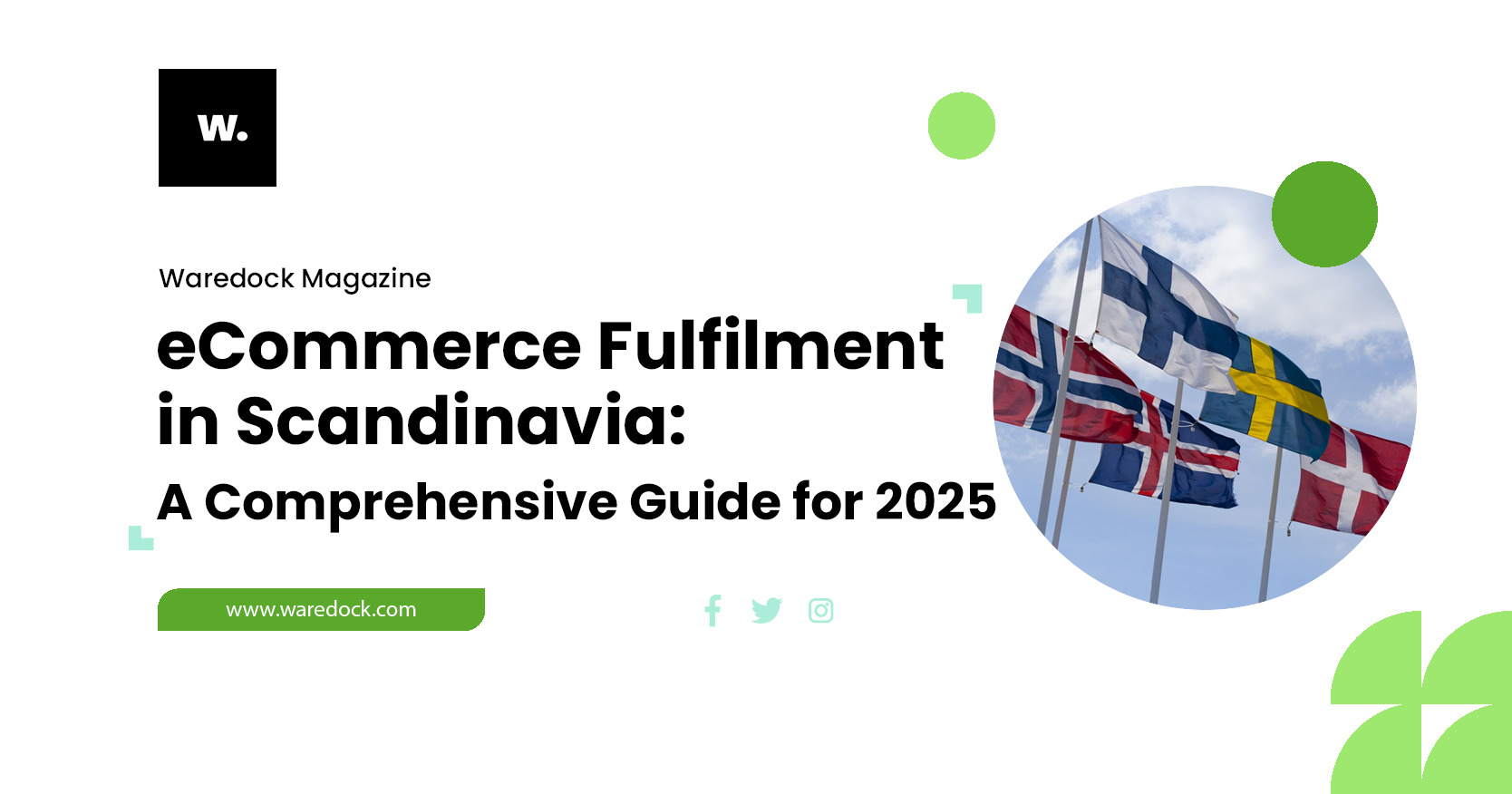Table of Contents
Regional Differences in Fulfilment
Providing complete information about logistics is an important takeaway. Consumers want updates on logistics and the opportunity to have choices. The ability to choose the method and place of a return, such as a pickup point or collecting from home, can positively impact consumers’ purchase intentions(PostNord, 2019). Indeed, studies have proven time after time that providing a simple option to return products or services, and the possibility to choose from several alternatives, can have a positive influence on the number of website visitors and conversion rates.
The most provided delivery option is home delivery followed by delivery at a pickup point. Furthermore, evening delivery is proven to be a popular delivery option in Denmark and Finland and is offered by approximately 15% of Finnish retailers. Machine pickup points, automated parcel lockers where customers can collect and send packages are an up-and-coming delivery option in the Scandinavian countries. Although this option is not provided by e-retailers in Iceland, Norway, and Sweden, 20-25% of e-retailers in Denmark and Finland offer machine pickup points. Around 60-80% of Scandinavian e-retailers offer returns via postal service, which is the most common return option. Returning a parcel at the physical store is also provided by 21% of Finnish e-retailers, however, not every e-retailer has a physical store or warehouse. Returning via a local return point is almost never used by Scandinavian e-retailers.
A master thesis study from Chalmers University shows that Swedish e-commerce consumers do not prioritize short delivery times as the most important criterion when choosing home delivery. In addition, most of the respondents stated that they are willing to wait between 1–5 days extra in order to promote sustainable transport. This indicates that not all deliveries need to be treated equally in terms of delivery time but can be adapted and adjusted as needed. With this knowledge, the opportunity opens to be able to offer e-commerce consumers an economical and sustainable transport with a delivery time adapted to the real demand.
Focus on Sustainability
In Scandinavian countries, sustainability has become one of the most important social issues for consumers and companies. Whether through media or government regulation, Scandinavian consumers are now keener to make conscientious choices when shopping online.
Transparency of the product supply chain and manufacturing, as well as transportation, has become increasingly important for consumers. In fact, one in three Scandinavian consumers paid extra in 2019 for carbon offsetting with delivery (PostNord, 2019). However, further analysis of e-retailer websites revealed less than 5% offer sustainable options, such as green delivery or sustainable products. Online stores that offered sustainable options typically indicated this with a certificate on the website.
Examples of these certificates include CEWE-sustainability, CO2 neutral, Ecolabel/Eco swan, and Sustainable packaging (translated from Danish). These results strongly indicate that it is important to show the sustainability of products, packaging, and/or delivery.
It must be highlighted here, that although sustainability is important, delivery criteria such as information about the delivery, the price and how fast the delivery can take place, are criteria that are considered more important. Only 8% consider ustainability to be the most important criterion according to research.
Demand For Spaces in Smaller Cities Close to Metropolitan Areas
eCommerce market in Sweden is expected to show an annual growth rate (CAGR 2019-2023) of 6.8%, resulting in a market volume of US$13,407m by 2023 (Statista report). Growth in e-commerce and warehouse automation generates increased demand for modern, large warehouses. E-commerce actors are choosing to establish themselves in smaller cities close to the metropolitan regions of Stockholm, Gothenburg and Malmö where demand is strong.
Sweden has a low population density and high labour costs, which impacts efficiency and makes last mile logistics more challenging. Since capital expenditures in properties and automation can ramp up quickly more companies will opt to use co-warehousing in rural areas by using platforms such as Waredock.
New Development Projects
In bigger cities like Stockholm and Göteborg flexible logistics facilities are being built speculatively without tenants. At the same time vacancy rates have stayed low and the increased need for modern logistics space fuels further speculative construction.
In 2018 approximately 565 000 sqm of modern logistics properties were completed in Sweden, which is an increase by about 10 per cent over the previous peak in 2017.
How to find a warehouse or fulfillment partner in Scandinavia?
If you are looking to ship sustainably, store goods near your customer then Waredock is here to help you. Discover our fulfiment network and warehouses in Scandinavia. Contact us today to learn more.
Warehouse & Office Space for Rent in Tallinn, Estonia 
- Price From 5 €/ord












